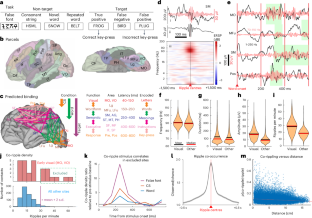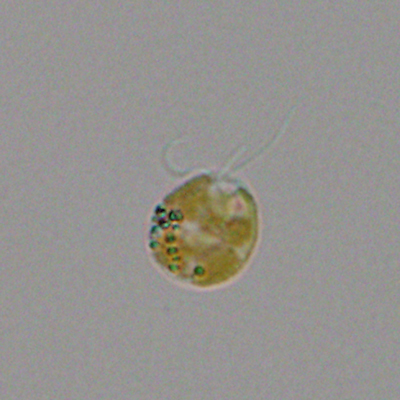2024-08-12 カリフォルニア大学サンディエゴ校(UCSD)
<関連情報>
- https://today.ucsd.edu/story/state-of-the-art-brain-recordings-reveal-how-neurons-resonate
- https://www.nature.com/articles/s41562-024-01952-2
大脳皮質の機能モジュールが高周波の同期振動によって結合される Binding of cortical functional modules by synchronous high-frequency oscillations
Jacob C. Garrett,Ilya A. Verzhbinsky,Erik Kaestner,Chad Carlson,Werner K. Doyle,Orrin Devinsky,Thomas Thesen & Eric Halgren
Nature Human Behaviour Published:12 August 2024
DOI:https://doi.org/10.1038/s41562-024-01952-2

Abstract
Whether high-frequency phase-locked oscillations facilitate integration (‘binding’) of information across widespread cortical areas is controversial. Here we show with intracranial electroencephalography that cortico-cortical co-ripples (~100-ms-long ~90 Hz oscillations) increase during reading and semantic decisions, at the times and co-locations when and where binding should occur. Fusiform wordform areas co-ripple with virtually all language areas, maximally from 200 to 400 ms post-word-onset. Semantically specified target words evoke strong co-rippling between wordform, semantic, executive and response areas from 400 to 800 ms, with increased co-rippling between semantic, executive and response areas prior to correct responses. Co-ripples were phase-locked at zero lag over long distances (>12 cm), especially when many areas were co-rippling. General co-activation, indexed by non-oscillatory high gamma, was mainly confined to early latencies in fusiform and earlier visual areas, preceding co-ripples. These findings suggest that widespread synchronous co-ripples may assist the integration of multiple cortical areas for sustained periods during cognition.


